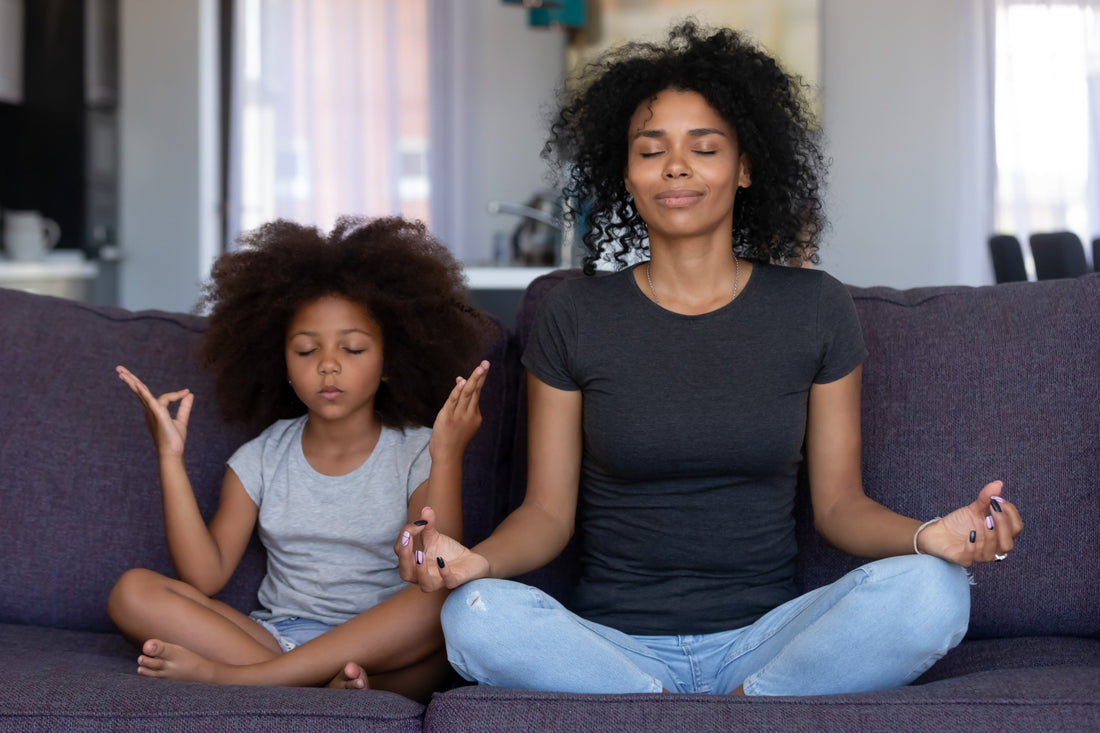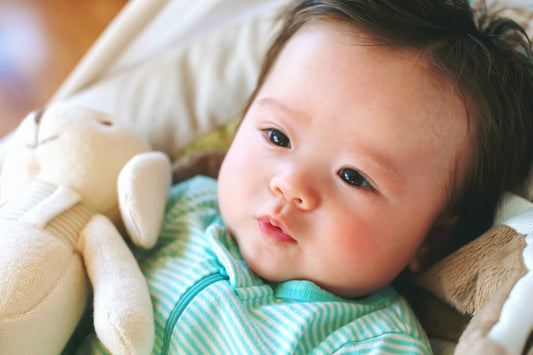How Parents Can Model Mindfulness For Their Children
| updated:Share

Social interactions and relationships depend on the interconnectivity of several characteristics. Self-awareness and empathy are two vital attributes of most functioning adults. The characteristics help people navigate complex social structures and define personal boundaries. Additionally, empathy makes it possible to perform self-reflection and compassion.
Children are not born with these qualities. They must learn through observation, experimentation, and education — at home and away. One practice that can help children develop self-awareness and empathy is mindfulness.
What Is Mindfulness?
Mindfulness is the deliberate focus and appreciation of the present moment. It is the culmination of meditative techniques to ground oneself in the five senses.
The ultimate goal of mindfulness is to force a hyper-awareness of the present. Practitioners allow feelings and sensations without judgment or interpretation. The body and the mind succumb to the here and now, filtering out the white noise. In this case, white noise can represent psychological or emotional triggers or stressors.
The idea of mindfulness is that concentrating only on the present gives the brain and body a break. The exercise helps to reduce chronic stress and anxiety.

What Are the Benefits of Mindfulness?
Mindfulness is a meditative practice, so it has many of the same benefits as meditation. The most cited benefits of mindfulness include:
- Improved sleep
- Gastrointestinal relief
- Lower blood pressure
- Reduced chronic pain symptoms
Still, despite improvements in physical symptoms, mindfulness is a mental health tool. Some of the key benefits of mindfulness, according to psychotherapists, include treatments for:
- Stress relief
- Depression
- Anxiety
- Obsessive-compulsive disorder
- Substance abuse
- Eating disorders
- Couples' conflicts
Yet, the advantages of mindfulness aren't limited to treating medical conditions. The practice is also an effective tool for teaching self-awareness and empathy.
Mindfulness Techniques To Share With Your Children
Your child's age will help you navigate the best methods for teaching mindfulness. For instance, infants and toddlers are not old enough to comprehend the practice. Still, they can interpret your mood and feelings through observation. Thus, during early development, it is vital to lead by example. Allow your child to see you practicing your breathing or enjoying the afternoon. Talk to them. Explore your five senses and tell them about it.
During the toddler stage, begin asking children to investigate their senses. Ask questions like, "how does that make you feel?" Additionally, practice breathing exercises with them by doing tandem breathing.
The goal of mindfulness is self-awareness, but young children need help expressing emotions. As they get older, mindfulness can become more of an internal dialogue and practice.

Family Mindfulness Meditation & Other Practices
How can you practice mindfulness as a family? As mindfulness is a self-awareness exercise, it is challenging to think of it as a group activity. Still, there are ways to incorporate mindfulness into family activities. For instance, taking a quiet walk through the park is an excellent way to get in touch with your senses. During the walk, you can ask your children about different senses and experiences.
Additionally, you can practice mindful eating. Help your children acknowledge the excitement and satisfaction of mealtime. Teach them to explore their senses during meals.
Finally, allow quiet time. Silence provides the opportunity to go inside yourself to explore your emotions. Let some silence be welcome in your household, but don't forget to have fun and make noise.
Mindfulness is an excellent way to nurture self-development and your child's mental health.
Sources:
https://www.nytimes.com/guides/well/mindfulness-for-children
https://www.mayoclinic.org/healthy-lifestyle/consumer-health/in-depth/mindfulness-exercises/art-20046356
https://www.helpguide.org/harvard/benefits-of-mindfulness.htm
https://www.parents.com/fun/activities/5-mindfulness-activities-you-can-do-as-a-family


